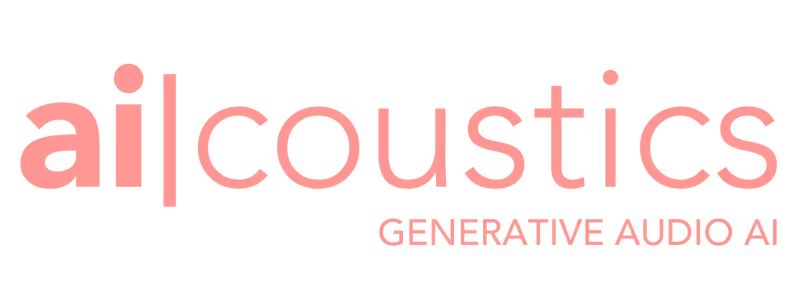

Where product founders fit
A venture firm designed to work for exceptional founders building outlier product companies.

High Conviction in Product Founders
Product founders have a distinct anatomy and a common DNA that defines, discerns and differentiates you from other company builders.
About
We’ve been investing in pre-seed and seed stage product companies since 2012, from our home in London. We’re a partner-only, Europe-wide, high conviction investment team.

Size
We lead or co-lead rounds between $500k-$5m.

Stage
We invest across the seed spectrum supporting companies to go from pre-product to product market fit.

Investments
We are venture generalists and product specialists: across AI, health, data and infrastructure, fintech, SaaS, vertical networks and marketplaces.
Team
We’re a group of high conviction investors, product aficionados, community experts, experienced operators and finance pros. Collectively, we’re passionate about the power of product to transform people’s lives.
Events
Built By Few 2025
On June 19th 2025, Connect brought together the founders, makers and investors building and backing Europe's defining product companies for our flagship Product Summit, Built By Few. We spent the day talking with the pioneers, rebels and game changers who understand first-hand what it takes to build opinionated products with worldwide appeal.
Speakers included:
Francesco Simoneschi, TrueLayer
Antoine Martin, Amo
Misha Gopaul, Ex Fatmap/Strava
Roeland Delrue, Aikido Security
Gabriel Hubert, Dust
Olivier Pailhes, Aircall
Nicolas Quarré & Alexis Eggermont, Accountable
Ian Hogarth, Plural
Diana Alvarado, AWS
Andreas Klinger, Prototype Capital / EU-Inc
.avif)





.avif)















.avif)
.avif)
.png)



.avif)


